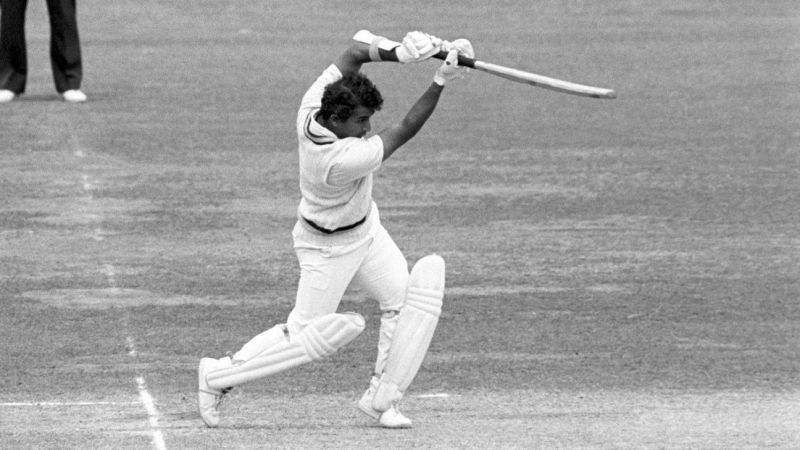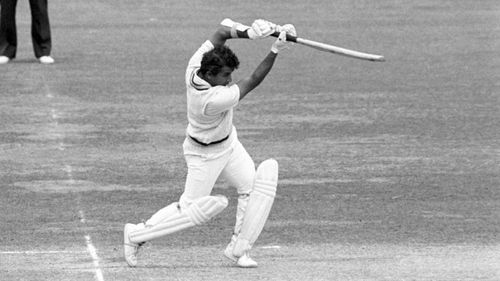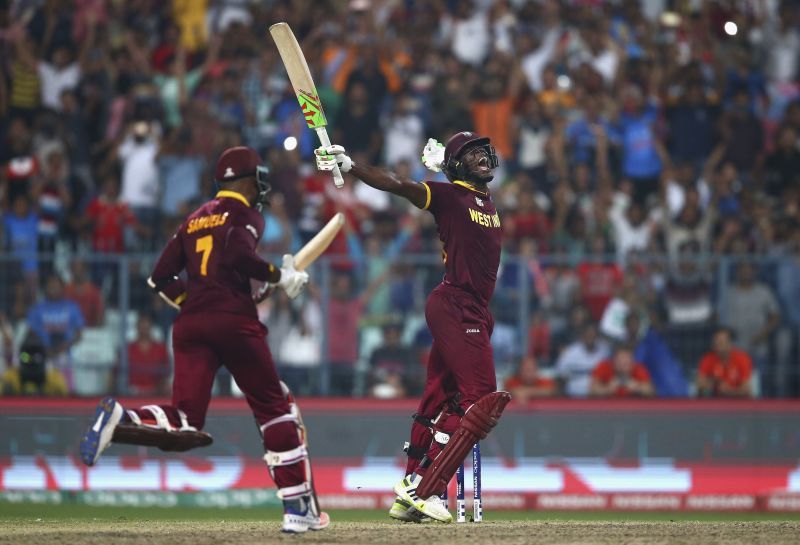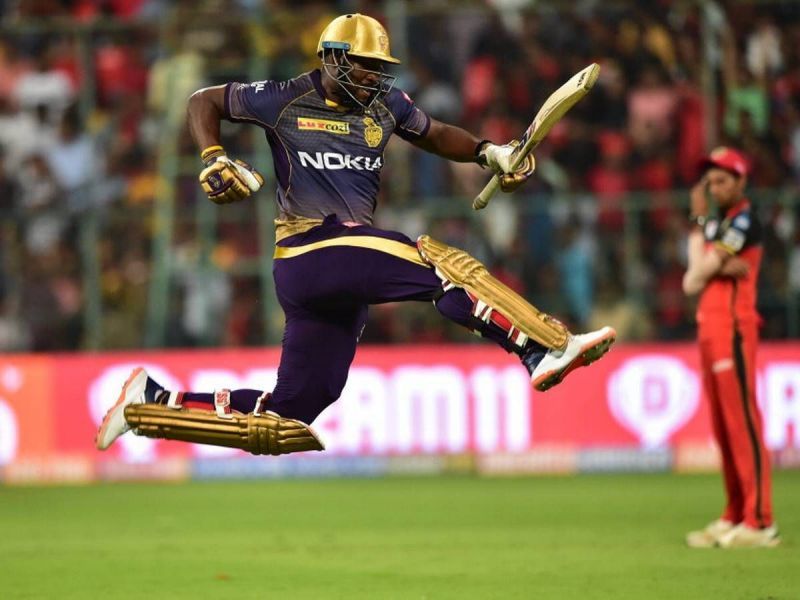
From guilty pleasure to market clincher- The journey of a sixer

For a long time, the game of cricket has had a rhapsodic romance with copybook cricketing shots played in the V between mid-off and mid-on. Never have classical cricket shots like drives, and glances been unduly smitten with numbers, it is the art and technique that have mattered.
Cricket experts have also generally been more concerned about the hand-eye co-ordination, the feet movement, and the timing of the shot than the number of runs the stroke fetched, though a well-timed shot that did not reach the boundary did disappoint the spectators.
In the game's earliest days, the batsman was rewarded with six runs only if the ball left the ground itself rather than the playing area. Thus, to score a six, a batsman needed to clear a much longer distance with his shot. Hence, the risk-benefit ratio associated with six-hitting was pretty high in those days.
The risk associated with six-hitting, combined with the lack of critical appreciation for the shot, resulted in the absence of air-borne shots in the by-gone era. This, in turn, drastically reduced the sixer-count for top batsmen during their playing careers. Most of the legends of the game in the 20th century had very few overboundaries to their credit in their entire career - Sir Jack Hobbs hit eight sixes in 61 Tests, Sir Don Bradman hit 6 in 52, and Walter Hammond hit 27 in 85 matches. Hitting a six in the 20th century was equivalent to indulgence in guilty pleasure for the batsman.
Market value of a sixer
John Arlott, a cricket analyst much ahead of his time, was the only one to give due credit to a sixer during that era. He referred to the sixer as "The most companionable of cricket acts" as it collapsed the distance between the player and the crowd.
In the new millennium, the advent of consumerism has affected the erstwhile orthodox approach of the game. Thus, over the due course of time, a sixer has not only become the highest currency in cricket's new-age economy, but it has also become an act of consumer outreach. As the tournament six-counter spins like jackpot machine in casinos, sponsors try their best to bag the naming rights of IPL maximums.

An interesting stat from World T20 2016 shows how the emergence of power-hitting has turned the game on its head. The champions of the tournament, West Indies, consumed the highest percentage of dot balls among all the teams in the competition (43.78%). However, they made up for the dot balls by coincidentally scoring almost an equivalent number of sixers (43), which also happens to be the most hit by any team in the tournament.
The advent of more and more T20 leagues around the world and the emergence of more and more freelance T20 specialists are making sure that six-hitting becomes a much-in-demand skill in the game of cricket. For new-age cricket fans, a big hit from the bat of Andre Russell bears the same significance that a graceful Sunil Gavaskar cover drive carried for fans back in the 80s.
The art and the practice
However, though the six-hitting legends of the modern-day cricket are all well-built athletes, the rise of the six is not just about sheer power. It is also about perfect connection, complete mastery, and dedication to hours and hours of specialized six-hitting practice sessions in the net.
Six-hitting, especially in significant moments of big matches, is essentially an instant claim to fame for specific players. It took Darren Lehmann 30 first-class centuries over a decade to secure a Test cap for Australia and thus make a name for himself. While, for his son Jake, an inside-out shot for six to win a BBL game for Adelaide Strikers in January 2016 was enough for him to become an instant celebrity in the T20 circuit.
Cricket's six-driven economy

As cricket's six-propelled bling economy continues to swell, the excellent bats, the conducive conditions, and the lush incentives of hitting the ball over the fence ensure that the days of cricket's euphoric romance with specific cricket shots is a thing of the past.
The present cricket fraternity is no longer interested in a perfectly timed leg glance, as long as it is not fetching the team a boundary. The revenue-driven franchise cricket is concerned about the player's ability to hit a maximum, irrespective of how he manages to execute the shot.
Cricket is coming out from its traditional shell and is reaching more and more markets through global T20 leagues. The game used to serve as the livelihood of 15-20 players of a country in the pre-franchise cricket era. The commercial success of franchise tournaments in recent years has broadened the financial base of cricket, and now the game serves as the primary source of income for around 45-50 players. Thus, the emergence of T20 leagues is the best thing that ever happened to world cricket in the new millennium as it has enriched global cricket as a whole. A big gainer in this changed scenario is the shot that flies past the ropes.